Inside Nanning: cages of shame, cells of solitude
30 May 2014

The facilities at Nanning Bear Farm – which Animals Asia is transforming into a bear rescue centre - quite simply aren’t fit for purpose.
This is not just a bear farm, it’s a bear factory. The solitude and boredom of each bear are not just by-products – they’re a design feature. Row after row of tiny cages and concrete cells without windows.
It represents a momentous task for Animals Asia staff and a hopeless, lonely existence that’s so boring many of the 130 bears are displaying psychological symptoms. The bears are literally bored out of their minds.
(click here to see a larger version)
Presently, the main facility comprises three long sheds holding a total of 125 bears. The sheds are lined with raised feeding cages. These cramped pens were specifically designed for bile extraction – forcing the bears to lie down while eating so a catheter could be inserted.
A major issue now for staff is sanitation as the bears often defecate while eating, and a disregard for cleanliness over many years has resulted in permanent unhygienic stains on the walls and below cages.
Each cage leads out to a barren concrete chamber. These four walls without a roof constitute the outside world to these bears.
Such is the desolation of these areas that many of the bears actually choose to lie in their feeding cages. In the cage they can at least see other bears – the closest they come to forming relationships or having any form of stimulation.
A few minutes drive from the long thin bear sheds there is a large outdoor area with dens attached. Yet even the five male bears lucky enough to live here know only isolation. Due to a history of fighting over scarce resources, these bears must wait to use the enclosure alone. While one bear roams the grass in solitude, the other four sit and wait in separate dens.
In the first few weeks of Animals Asia collaborating with the facility at Nanning, feeding has been streamlined to reduce agitation and stress in the bears, while daily corn gruel has been replaced by a varied and healthy diet.
In time, these bears will have open enclosures where they can make friends and play from morning till night.
But turning these barren facilities into a bear rescue centre that can inspire China’s bear farms to change and allow bears to live stimulated, near-natural lives will undoubtedly be Animals Asia’s greatest ever challenge.
BACK
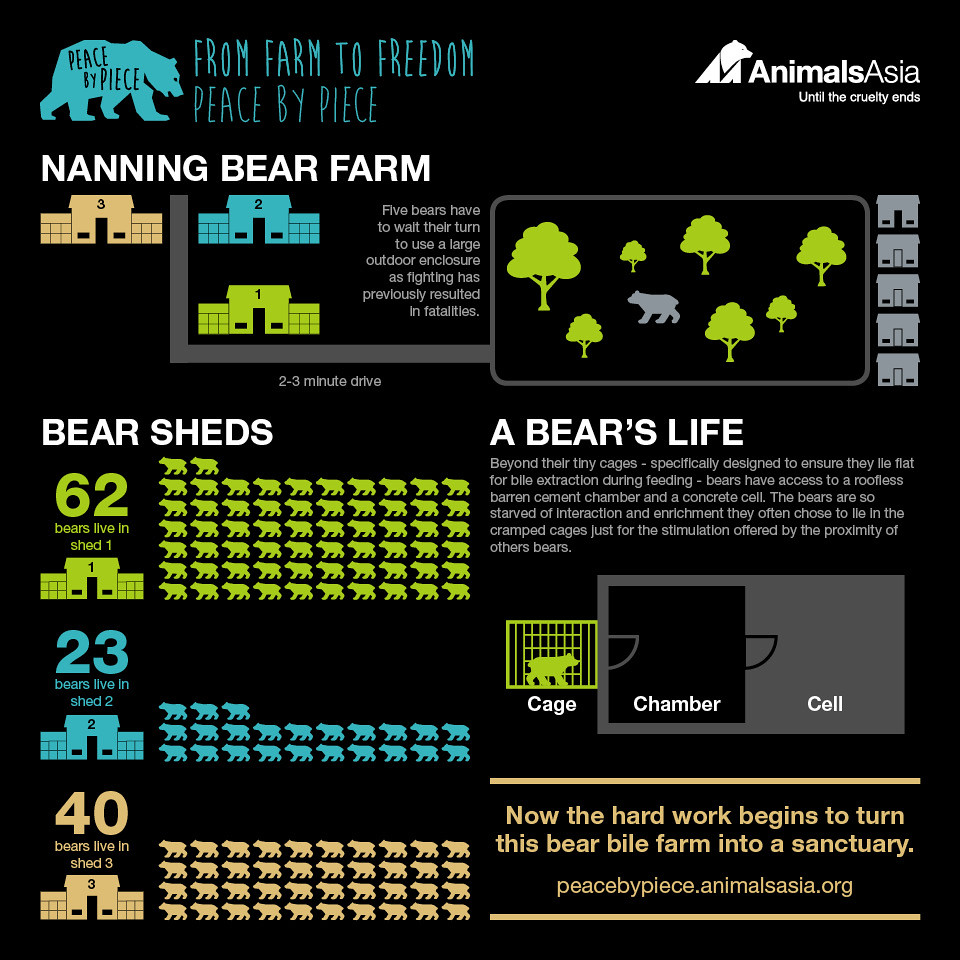
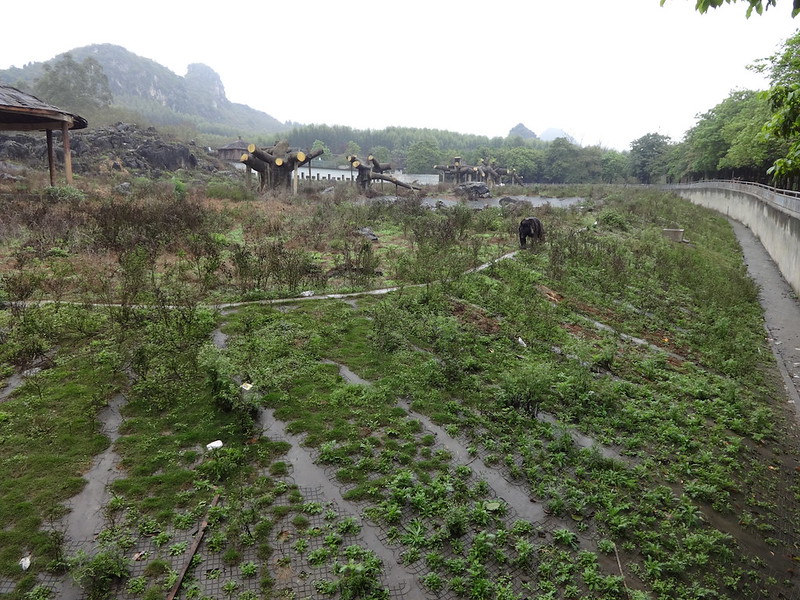




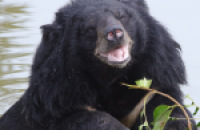 Healing the hidden wounds
Healing the hidden wounds
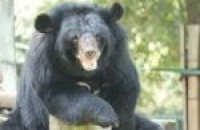 Early summer awakening at the China Bear Rescue Centre
Early summer awakening at the China Bear Rescue Centre
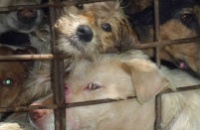 5 reasons the dog meat trade must end
5 reasons the dog meat trade must end